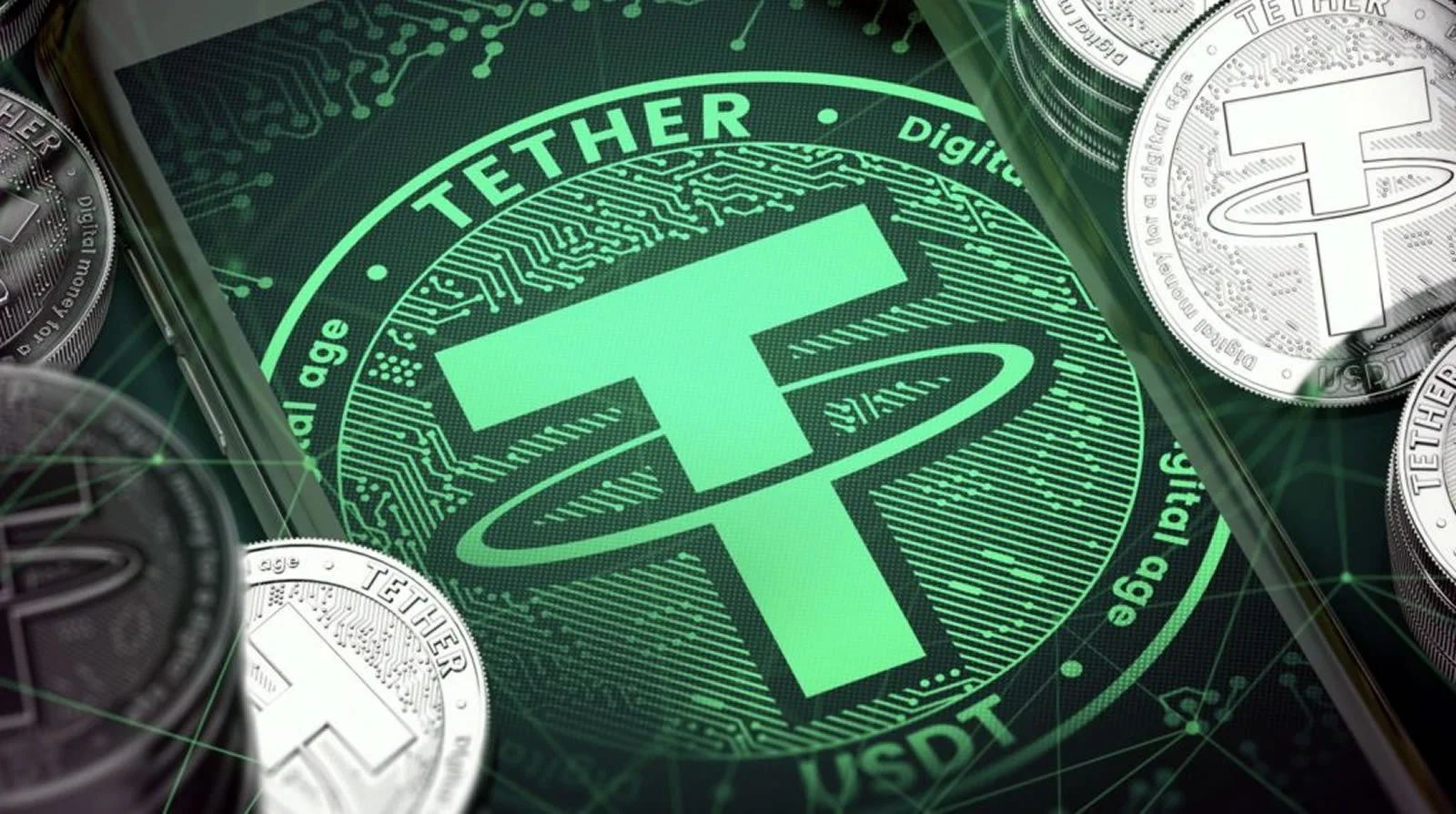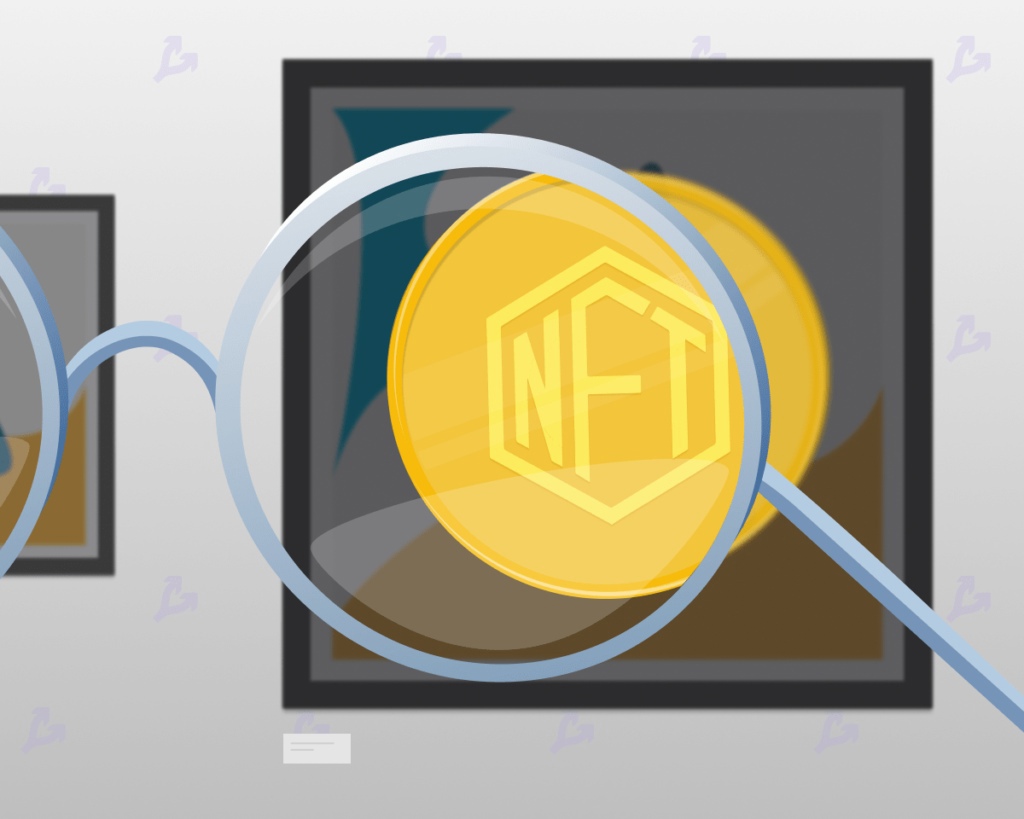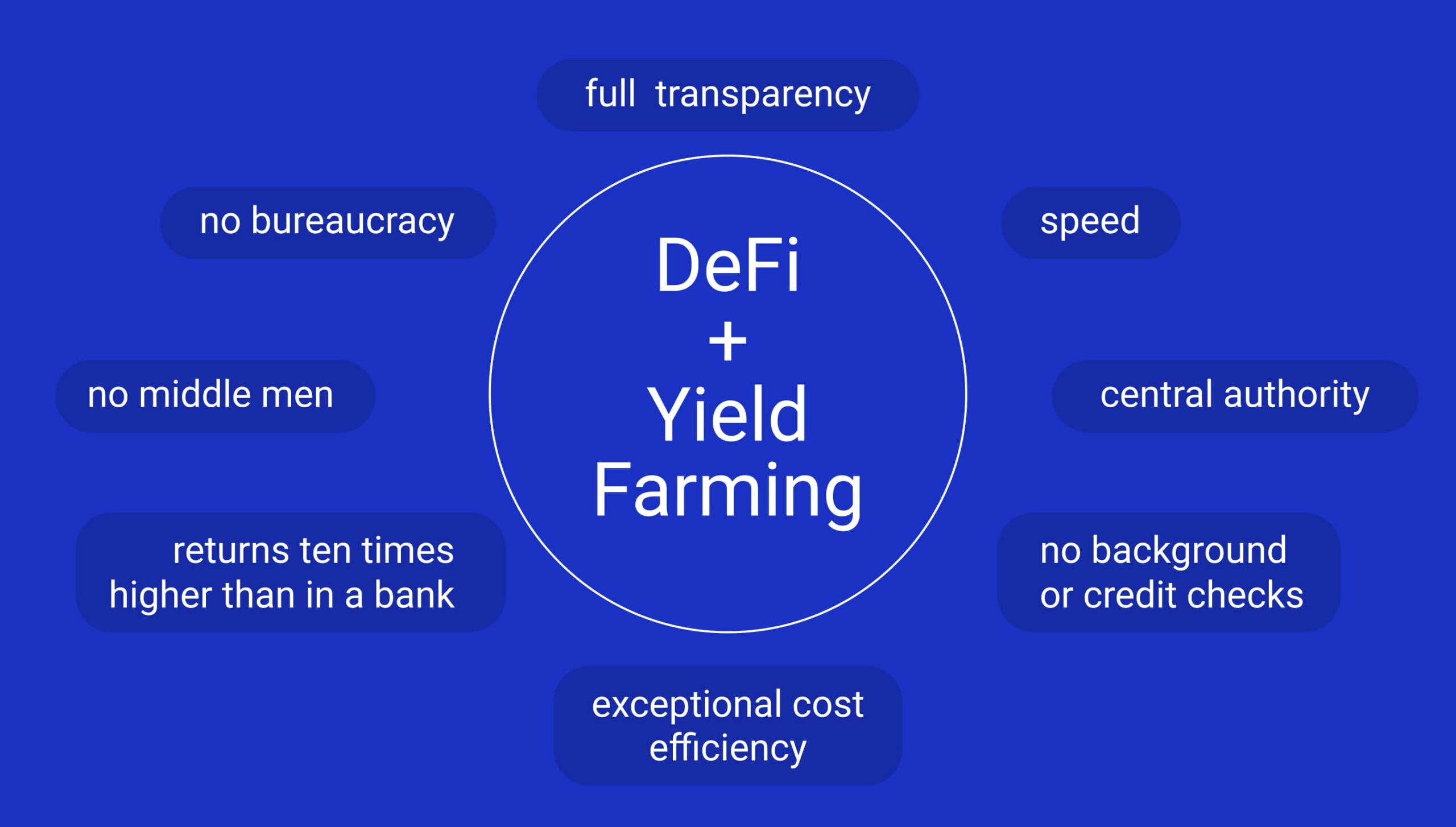When it comes to cryptocurrency liquidity, Tether’s USDT has long been at the top. While USDT is losing ground to USDC and FDUSD on Circle and Binance. Respectively, on-chain tools have noted a change in trading preferences. Circle, Tether’s main rival, is lagging on USDT. Even now, the USDC stablecoin lags behind the market leader by about $100 billion.
USDC and FDUSD Growth Post-MiCA Legislation
There was a $954 million spike in the supply of USDC in just the last month. Alcoin news Over the same period, the supply rose at a faster rate than. $USDT, which only grew by $792M. According to analysts. USDC might have benefitted from the MiCA legislation that went into full force across Europe on December 30, 2024.
Additionally, FDUSD is thriving, accounting for an astounding 48% of Binance’s trading activity in BTC pairs. Since USDT was in charge of 42% of BTC trading, it has USDC lost ground to another stablecoin in this trading sub-category. Analysts at CryptoQuant think that the increased trading activity. FDUSD shows that the token is becoming more reputable as a reliable, USD-pegged cryptocurrency.
Tether’s Shift to El Salvador
MiCA, which stands for Markets in Crypto-Assets (MiCA). A regulation supported by a comprehensive framework established by the European Union to regulate cryptocurrencies, including stablecoins, to ensure financial stability and consumer protection. The European Securities and Markets Authority (ESMA) and the European Banking Authority (EBA) oversee compliance with MiCA.

MiCA was proposed in 2020 and has been gradually implemented, but full compliance was required by the end of 2024. MiCA’s purpose is to replace fragmented national regulations with a single EU-wide framework that will impact all stablecoin issuers operating in the European region. Tether appears to be making changes to its company. On Monday, it announced its registration in El Salvador. The announcement also added that the company will migrate.
MiCA Regulation and Tether’s Move
Stablecoins and other cryptocurrencies are subject to regulation under the Markets in Crypto-Assets (MiCA) framework, which the European Union put in place to safeguard investors and consumers. USDC The European Banking Authority (EBA) and the European Securities and Markets Authority (ESMA) are in charge of making sure that MiCA is followed.
Full compliance was mandated by the end of 2024, despite MiCA’s progressive implementation from 2020. A unified EU-wide framework will affect all stablecoin issuers in the European region since MiCA aims to replace fragmented national rules. It would appear that Tether is undergoing some organizational adjustments.
Summary
USDC and FDUSD are gaining ground on Tether’s USDT, which has been a leader in cryptocurrency liquidity for a long time. USDC’s supply has increased by $954 million in the past month, Alcoin News, whereas USDT’s growth was $792 million. The complete implementation of the MiCA legislation in Europe is being credited by analysts as the reason for USDC’s growth in popularity. Furthermore, FDUSD is becoming more popular, particularly.
Binance, where it takes up 48% of BTC trading pairings, surpassing USDT’s 42%.Tether has moved its operations from the British Virgin Islands to the crypto-friendly country of El Salvador in response to regulatory changes.USDC All stablecoin issuers in the European Union are subject to MiCA’s efforts to establish a uniform framework for cryptocurrency regulation, which went into full force on December 30, 2024.



















